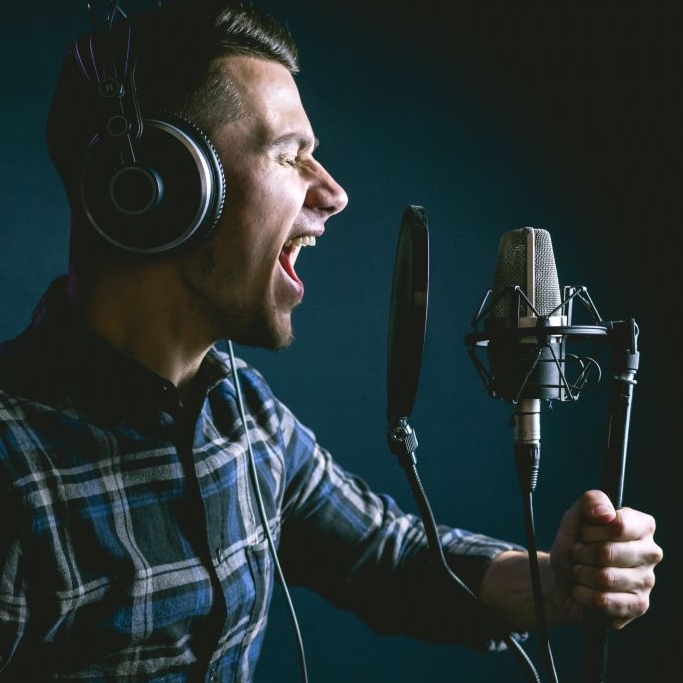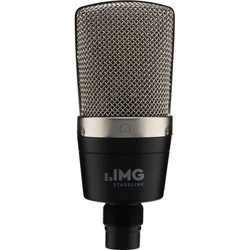Intrinsic noise
The term intrinsic noise tells you how loud your microphone is hissing without receiving any sound. The lower the inherent noise, the better the signal-to-noise ratio of the recording, especially with quiet singers or instruments. If your microphone has a high noise level (more than 20 dB), you must position it as close as possible to the sound source – a low-noise microphone (up to 10 dB) gives you more flexibility in positioning.
Frequency response
Frequency response describes how sensitive your microphone is at a certain frequency. This is measured against a predetermined loudness reference. If the frequency response is very linear, the microphone picks up the volume of the input very precisely. In practice, however, no model achieves perfect linearity.
Sensitivity
Sensitivity shows your microphone output voltage at a given sound pressure level. The higher the value, the better and louder the studio microphone is able to reproduce weak signals.
Transmission range
Transmission range indicates the frequency range in which your microphone records. Condenser microphones have a very wide transmission range that often covers the entire hearing spectrum.
Maximum sound pressure level
The maximum sound pressure level shows you where your microphone starts to distort the signal (clipping). This occurs when, above a certain volume, a microphone exceeds a distortion factor (an unwanted signal addition during recording due to the amplification of the audio signal) of 0.5% or 1% (measured at 1 kHz). Condenser microphones are at a disadvantage here compared to dynamic microphones with their high sensitivity. That's why they are rarely used in live performances or with loud instruments such as drums or electric guitars.




























